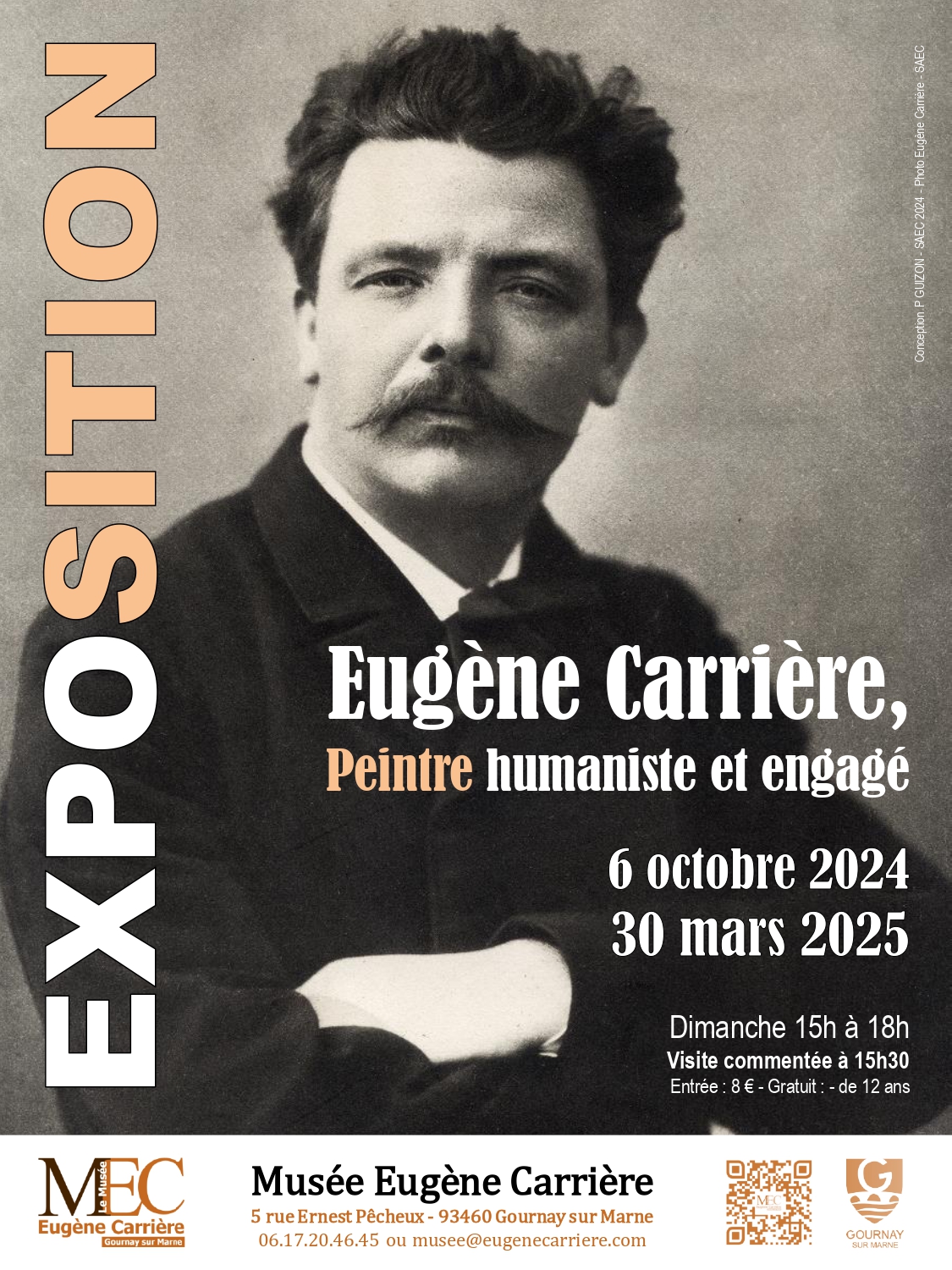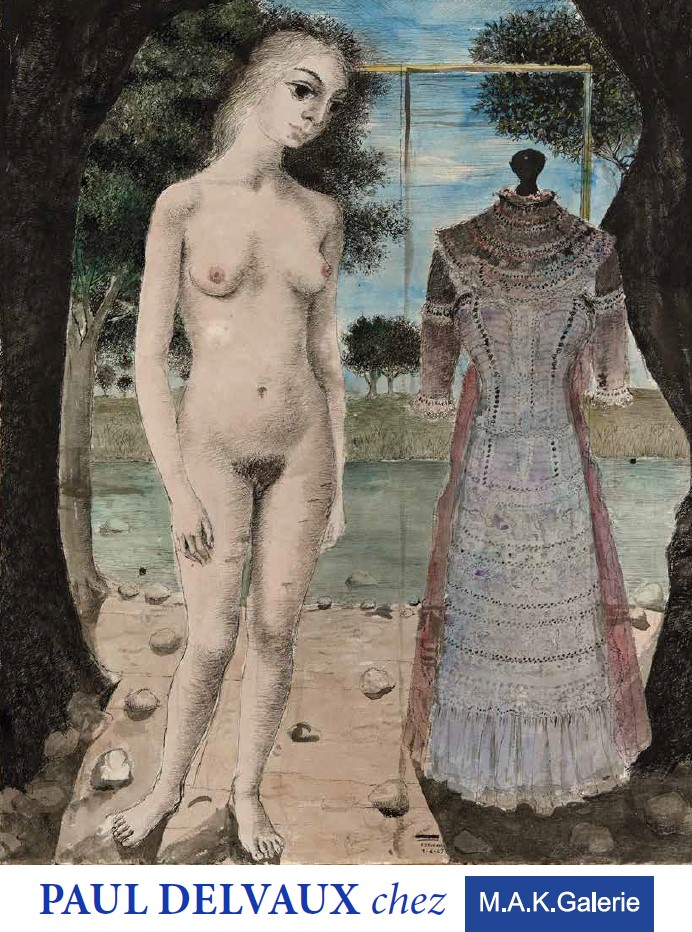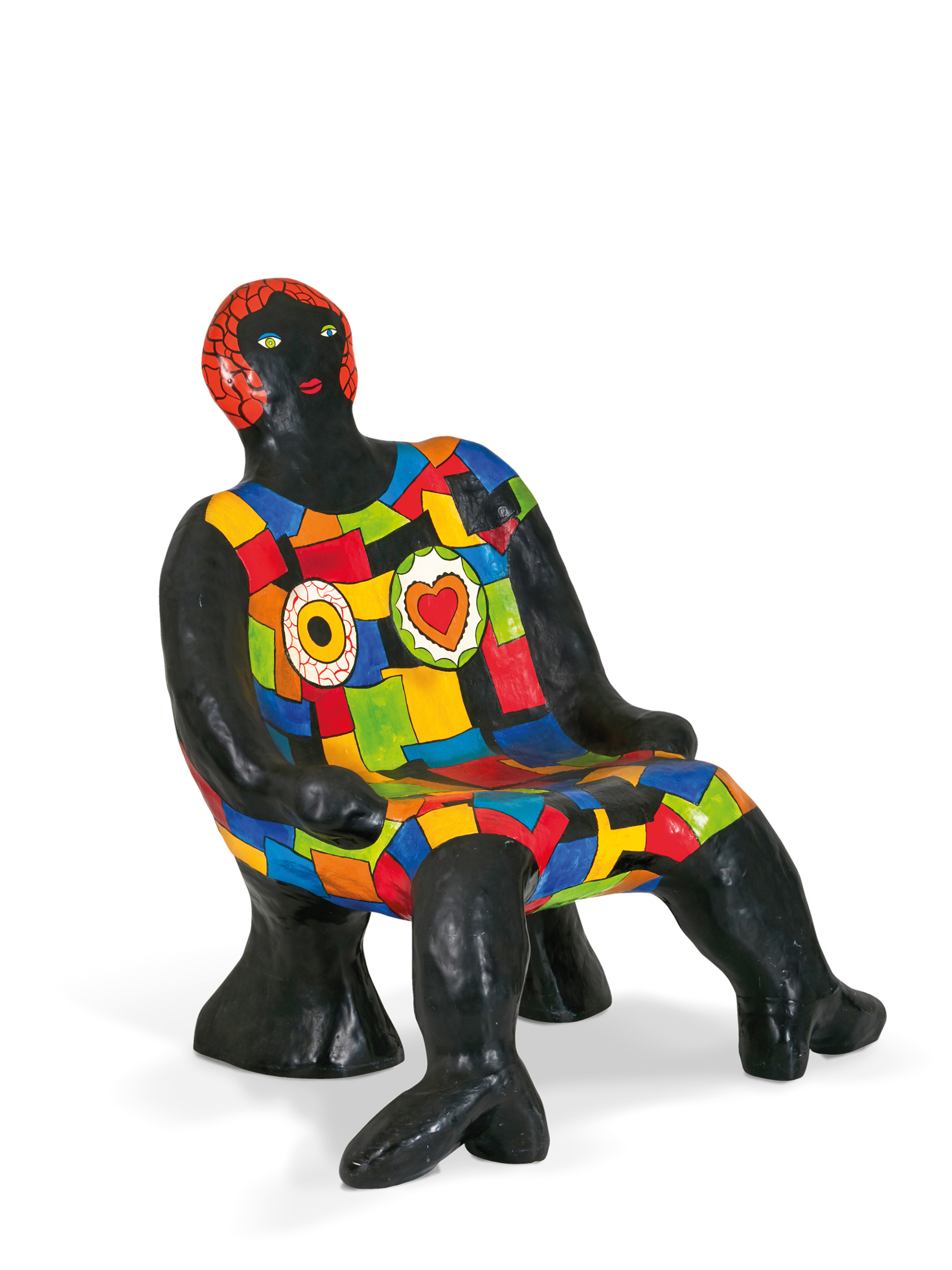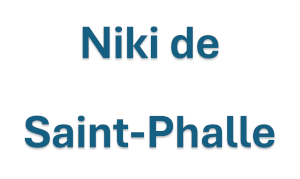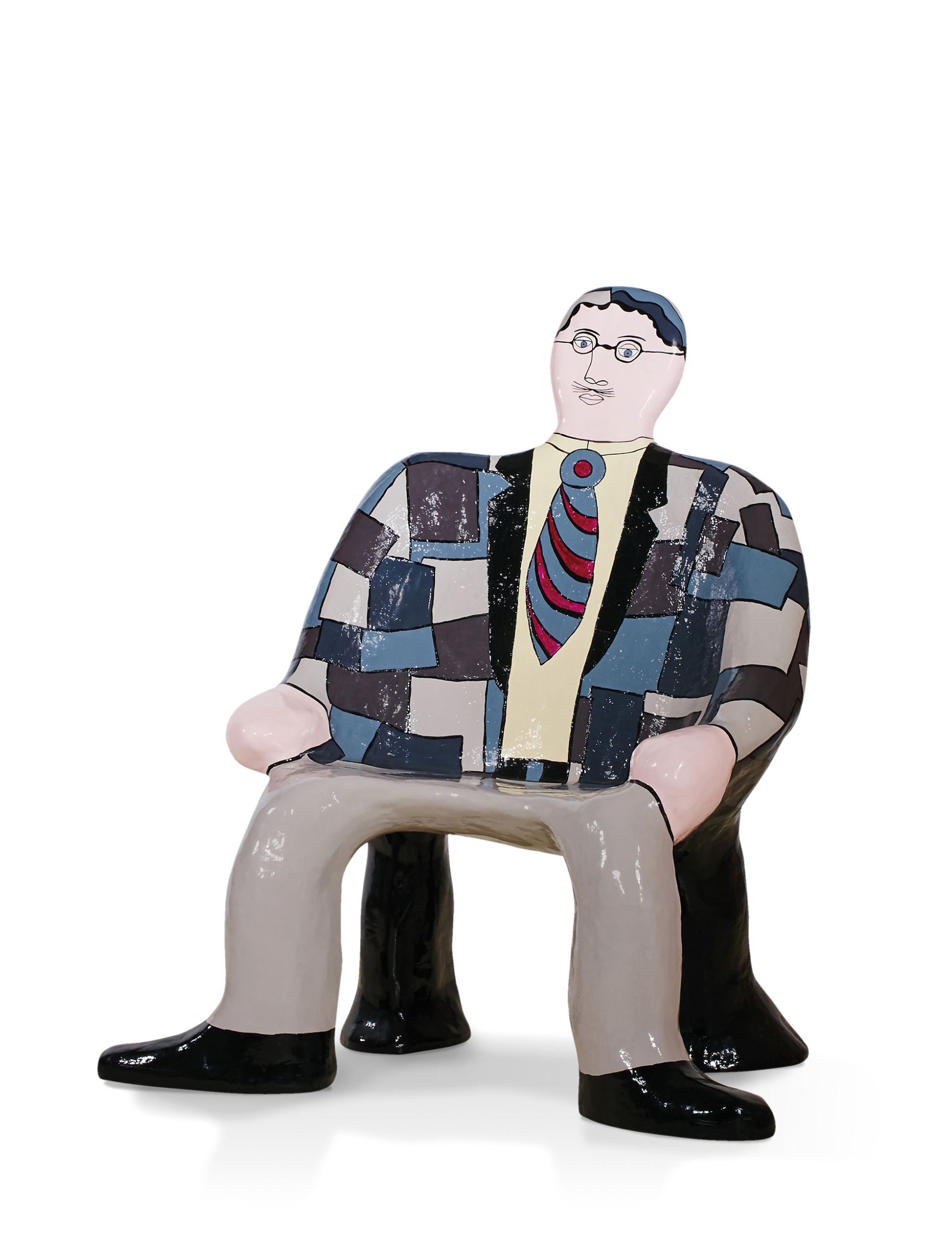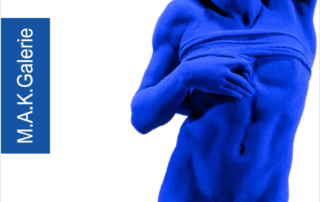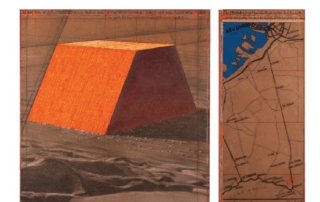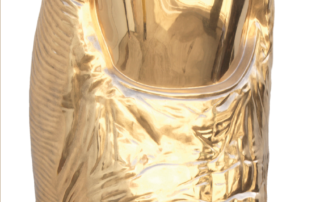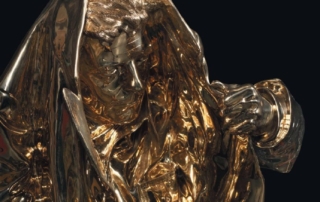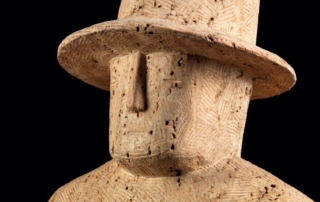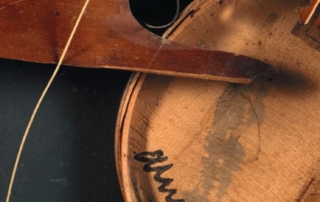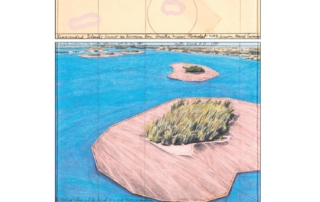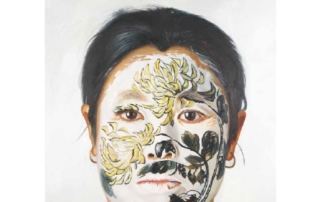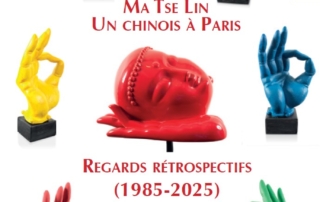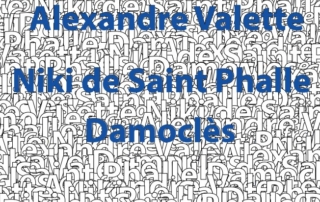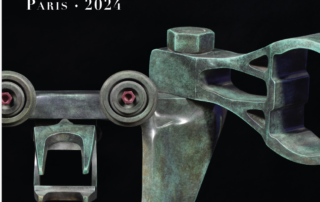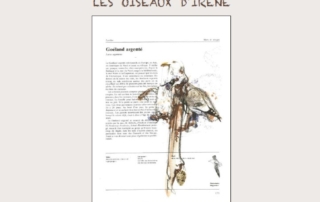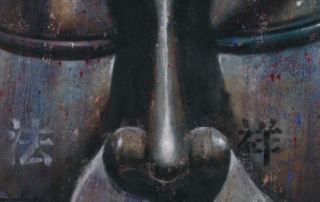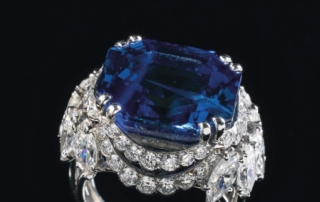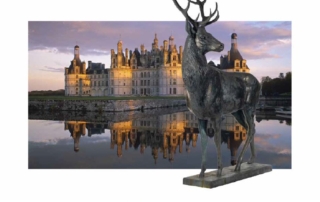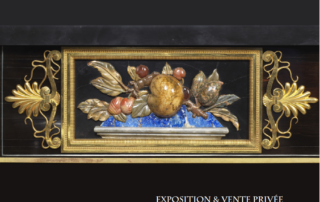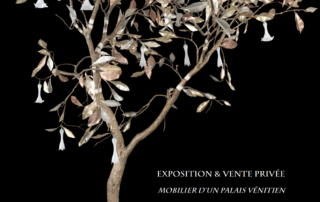Paul Delvaux’s Surrealism
Paul Delvaux’s L’Aurore is currently on show at the Centre Pompidou in Paris, to mark the centenary of the publication of the Surrealist movement’s first manifesto by André Breton in 1924. In this painting from 1937, we meet the women with bare busts and big black eyes to whom he remained faithful until his last works.
Paul Delvaux (1897-1994) literally spanned the 20th century. He began painting in 1920, initially in a realistic, even romantic vein. His discovery of De Chirico’s work in Paris in 1926, and his association with Magritte and Mesens, led him down the path of Surrealism.
It’s a Surrealism dominated by the image of Tam, his wide-eyed mistress with whom he spent some fabulous moments at Choisel in Claude Spaak’s home.
Behind the great rigor of the compositions, a playful spirit is revealed. Paul Delvaux enjoyed deconstructing the architecture of his backgrounds. The boundary between an inner space and the outside world disappears.
Decors take first place. This is reflected in the titles of his lithographs – Les Rideaux mauves, Palmiers, La Lanterne … No anecdotal details, the anecdote makes the work.
We are currently presenting over 30 works on paper created by Belgian artist Paul Delvaux between 1920 and 1989. Some of them were collected by important advocates of modern art, such as surrealist E.L.T. Mesens and gallery owner Isy Brachot. The large watercolors, over 100 cm wide, have been exhibited all over the world, in Japan, the United States and Europe.
And also
Hors-les-murs, loans to museums
